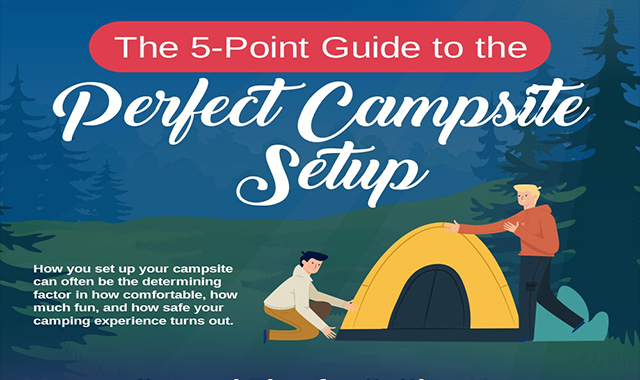How To Increase Profits By Selling Camping Tents Online
How To Increase Profits By Selling Camping Tents Online
Blog Article
How to Set Up a Tent
An outdoor tents isn't as difficult to set up as it may seem. With technique, it can be performed in about 10 minutes or much less.
What is the lightest one person tent?
Initially, spread out the groundsheet or tarpaulin. Next, set up the tent poles (most are folded up and held together by shock cord.) Each end matches a slot on the camping tent or via plastic clips that snap on the ends.
Location
Selecting the right place for your camping tent is vital to a comfy outdoor camping experience. It's important to pitch your tent in an area that is without rocks, branches and various other journey threats. Additionally, you need to pick a location that is faraway from food preparation and bathroom areas to avoid the smoke of campfires and other campsite activities from drifting into your tent.
Additionally, you ought to search for a flat spot that is at least as large as your tent. It's also a good idea to lay down a ground cloth to protect your tent from tripping and various other troubles.
If you do not have stakes, trim some branches to make them long enough to secure your outdoor tents. Conversely, you can make use of busted tree branches. These are normally stronger than the sticks that include your outdoor tents. If possible, it's ideal to exercise setting up your outdoor tents in the house prior to your trip to guarantee you know just how to do it correctly.
Poles
Normally, camping tents have either one post for each end that form a triangle or several tiny, straight camping tent poles. Some outdoors tents also have a rainfly that provides extra protection from wind and rain. Examine the tent's directions for information on exactly how to establish the posts and the rainfly.
Discover a level area that is big enough for your outdoor tents, devoid of sharp rocks and branches and low areas where water could gather. Lay down the impact or ground cloth and established the camping tent body, matching each corner of the tent to the edge of the impact.
Then fit the tent posts right into their sleeve or clip at their link points in the camping tent textile and increase the camping tent. Restrain the camping tent with ropes or stakes, depending on your campsite surface area. Think about using shock cable such as dyneema core instead of regular cable at stake factors as it has less stretch and holds the outdoor tents a lot more solidly.
Rainfly
Prior to you pack up, if it's not drizzling, shelter your knapsack and any type of outside stuff pocket from the climate to keep your equipment dry. Likewise, if the tent is wet and you're packing up in the rainfall, guard it as long as possible (under your pack or a tree).
Before you start putting away your tent, take a moment to lay down a ground cloth or impact (optional). This will certainly aid maintain dirt and debris from getting inside the tent where you'll rest. It will certainly additionally supply additional insulation from the cold.
Man Lines
Now that you've reviewed and followed the instructions, popped in your outdoor tents poles and obtained your rainfly in place (and it resembles a camping tent), it's time for the individual lines. Like a ship needs supports, your camping tent needs these additional assistance lines to guarantee architectural stability despite wind and other weather condition elements.
A lot of tents have little loops, called individual loops or person line loops (some rainflys likewise have grommets), that you can make use of to connect the individual line to. If not, you can likewise make use of a larks foot or hangman's noose knot to link the free end of the line to a stake or various other anchor. Make certain your support is pushed in at a 45-degree angle, to enhance the resistance to pressures pulling on the individual line. The tension best canvas waterproofing on the lines must be limited enough to keep tent shape and stability, yet not so tight that it puts anxiety on the tent material or joints.
